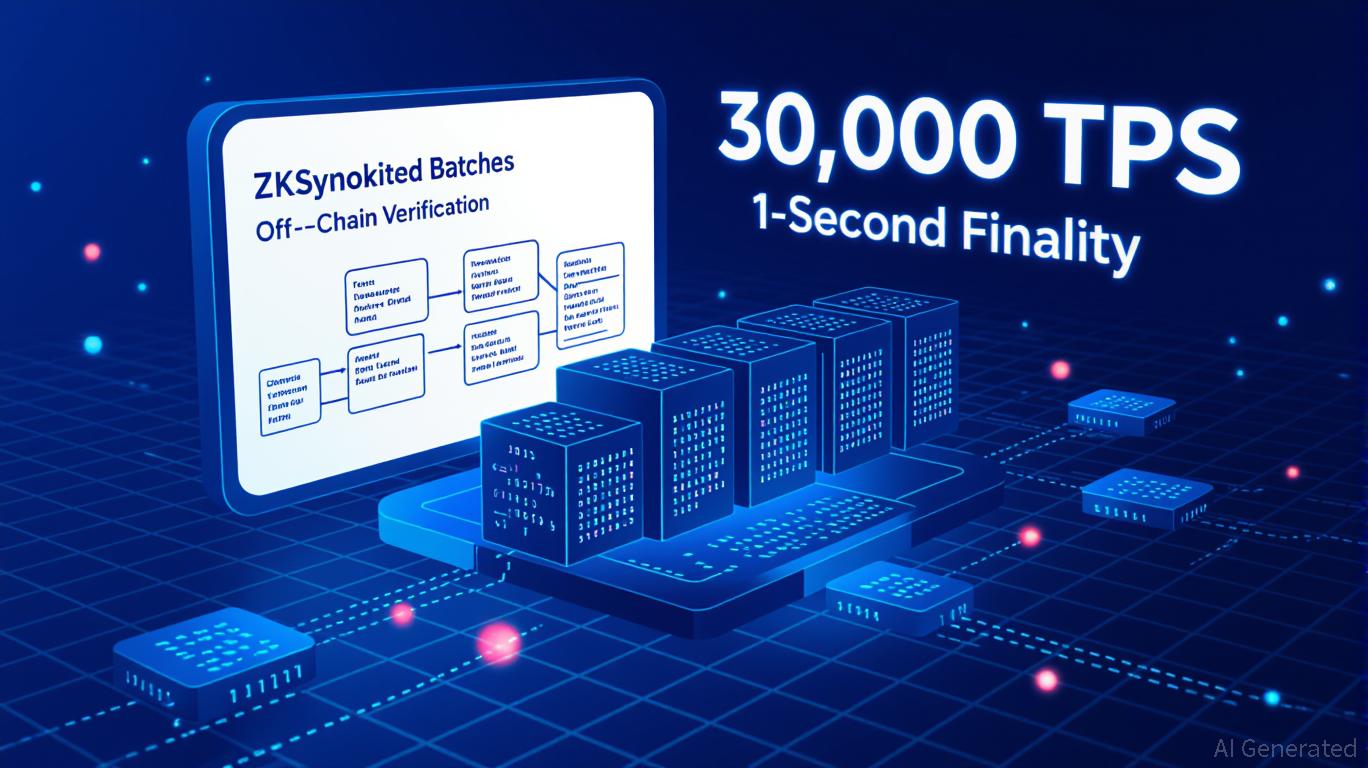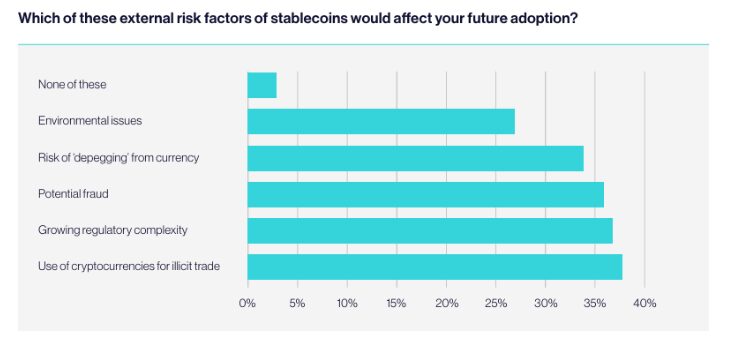Vitalik Buterin Supports ZKsync: What This Means for Layer 2 Scaling
- Vitalik Buterin endorses ZKsync, highlighting its ZK-rollup tech as critical for Ethereum's scalability and decentralization goals. - ZKsync's Atlas upgrade achieves 30,000 TPS with 1-second finality, enhancing programmability while maintaining on-chain security. - The project faces competition from Arbitrum and Optimism but differentiates through privacy, low fees, and Ethereum compatibility. - Rigorous audits and emergency response protocols strengthen ZKsync's security, though real-world performance r
Vitalik Buterin’s Support: Strategic Importance
Vitalik Buterin has repeatedly highlighted incorruptibility as Ethereum’s core attribute, guaranteeing data security and trust without relying on central authorities, as noted in a
ZKsync utilizes zero-knowledge (ZK) rollups to process transactions off-chain while preserving the security of the main chain. The latest Atlas upgrade has increased its throughput to 30,000 transactions per second (TPS) with 1-second finality, marking a significant efficiency improvement, according to Coinotag. Buterin’s support also includes advocating for the removal of Ethereum’s modexp precompile, an outdated feature that can increase the computational cost of ZK proofs by as much as 50 times, as detailed in a

Technical Strengths and Market Differentiation
ZKsync’s development roadmap places it as a strong competitor in the L2 sector of Ethereum. The Atlas upgrade not only accelerates transaction processing but also improves programmability, allowing advanced smart contracts and dApps to function with minimal delay, as reported by Coinotag. By the fourth quarter of 2025, ZKsync had handled 1.2 billion transactions, reflecting its reliability and growing adoption, according to Coinotag.
Nevertheless, ZKsync contends with major rivals such as
Security and Governance: Building Trust
Security remains paramount for any blockchain initiative. In 2025, ZKsync underwent comprehensive audits, including assessments by Spearbit and OpenZeppelin, as referenced in ZKsync’s documentation. The ZKsync Security Council (ZKSC) has shown responsiveness, recovering from the April 2025 airdrop incident and executing emergency updates, as reported by the ZKsync Security Council. These actions, along with a revised funding structure that prioritizes swift interventions, highlight the project’s dedication to strong governance, as outlined in the ZKsync Security Council report.
However, investors should exercise caution. While ZKsync’s technical achievements are notable, its ability to maintain performance under real-world pressures—such as heavy transaction loads or malicious attacks—will ultimately determine its sustainability, according to Coinotag.
Investment Outlook: Weighing Progress and Uncertainty
ZKsync’s investment prospects are rooted in its alignment with Ethereum’s scaling objectives and its technological progress. With Buterin’s endorsement and the Atlas upgrade, ZKsync has emerged as a prominent contender in the L2 “arms race.” Nonetheless, its future depends on several key factors:
1. Adoption Levels: Broad uptake by developers and users is essential. The 1.2 billion transactions processed by ZKsync indicate momentum, but rivals are also innovating, as noted by Coinotag and TokenMetrics.
2. Regulatory Environment: As L2s manage increasing value, regulatory developments could shape their growth.
3. Ethereum Enhancements: Planned changes such as the removal of modexp and other EIPs will have a direct impact on ZKsync’s efficiency, as mentioned in the Coinotag article.
From a risk and reward standpoint, ZKsync presents significant potential if it can secure a leading role in Ethereum’s L2 space. However, its dependence on Ethereum’s development path and the unpredictable nature of crypto markets call for a cautious approach.
Conclusion: Will ZKsync Shape Ethereum’s Next Era?
Vitalik Buterin’s backing of ZKsync goes beyond simple approval—it signals a strategic belief in ZK-rollups as the future of Ethereum’s scalability. Thanks to its technical progress, strong security measures, and alignment with Ethereum’s vision, ZKsync is well-placed to gain substantial market share. Still, investors must consider its prospects in light of intense competition and shifting regulations. For those willing to embrace innovation-driven risk with a long-term perspective, ZKsync stands out as a noteworthy example of blockchain’s coming evolution.
Disclaimer: The content of this article solely reflects the author's opinion and does not represent the platform in any capacity. This article is not intended to serve as a reference for making investment decisions.
You may also like
European Tech Startups Eye Stablecoins, But Risks Stall Adoption

Stellar News Today: Turbo Energy's tokenization opens up clean energy investment to everyone
- Turbo Energy partners with Taurus and Stellar to tokenize hybrid renewable energy projects, targeting the $74.43B EaaS market. - The pilot uses blockchain to fractionalize solar storage PPA debt, leveraging Stellar's low-cost infrastructure for transparent green finance. - Tokenization aims to democratize clean energy investment, with Turbo's CEO highlighting scalability and security in AI-optimized storage solutions. - The initiative aligns with sustainable development goals, driving a 12.5% premarket s
Cardano News Update: MoonBull's AI Wager—Will It Surpass Cardano and Ethereum by 2025?
- MoonBull's $590,000 presale gains traction as a 2025 crypto contender, leveraging AI features and community governance. - Cardano partners with Wirex to launch ADA-branded crypto payment cards, aiming to bridge blockchain and traditional finance. - NFT and memecoin markets show 12-11% weekly gains, while Ethereum and TRON compete with MoonBull for 2025 growth narrative. - Regulatory risks and macroeconomic pressures persist, challenging projects like JFrog and Bumble amid crypto market volatility.
Bitcoin Updates: China Challenges Validity of US $13 Billion Crypto Seizure
- China accuses U.S. of central role in 2020 LuBian $13B Bitcoin heist, alleging state-linked hacking involvement. - CVERC disputes U.S. seizure legitimacy, citing 4-year dormancy and 2024 government wallet transfers as atypical criminal behavior. - DOJ claims $13B seizure is "largest forfeiture in history," while China frames it as geopolitical strategy to undermine crypto influence. - Dispute highlights escalating U.S.-China tensions over digital asset governance and cross-border enforcement norms.